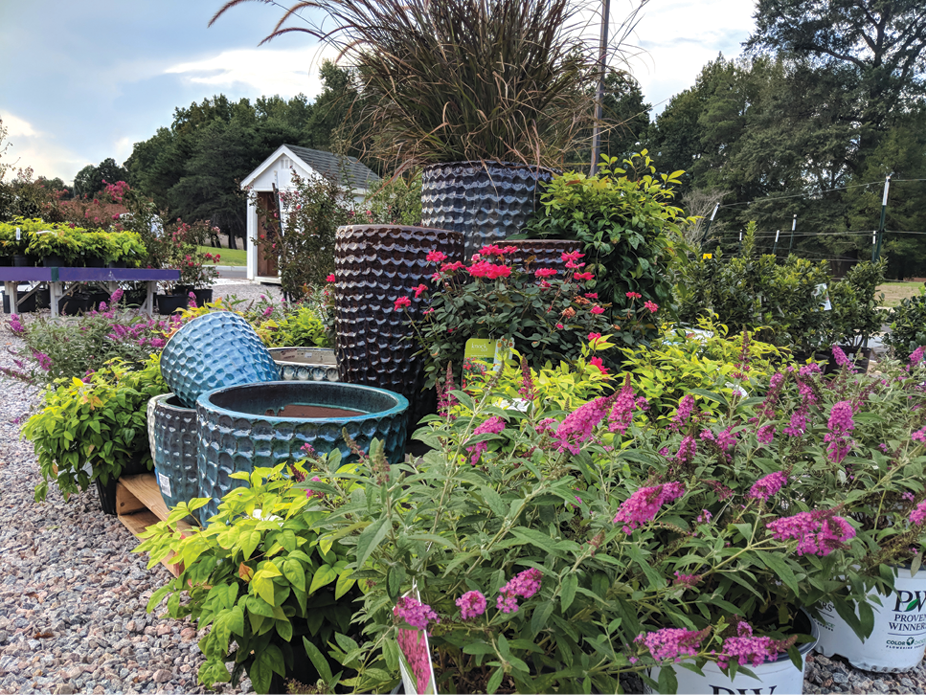Formal gardens are a testament to the harmonious marriage of art and nature. With their meticulous design, geometric precision, and elegant features, these gardens have been captivating people for centuries. In this article, we’ll delve into the enchanting world of formal garden, exploring their history, key elements, and enduring allure.
A Stroll Through History
The concept of formal gardens traces its roots back to ancient civilizations. The Egyptians, Persians, and Greeks all had gardens that emphasized order and symmetry. However, it was during the Renaissance in Europe that formal gardens truly flourished. Influenced by the revival of classical ideals, European nobility and aristocracy commissioned grand gardens that reflected their wealth and sophistication.
In France, the renowned Gardens of Versailles epitomized the formal garden style with its terraces, fountains, and precisely trimmed hedges. In Italy, the Boboli Gardens in Florence showcased the beauty of formal design. Formal gardens also found their way to the English countryside during the 17th century, where they were adapted to suit the English climate and sensibility.
Read Also: Kingwood Center Gardens A Botanical Paradise in the Heart of Ohio
Key Elements of Formal Gardens
Formal gardens are characterized by several key elements that set them apart:
1. Symmetry: Symmetry is at the heart of formal garden design. Paths, hedges, and flowerbeds are often laid out in perfect mirror images, creating a sense of balance and order.
2. Geometry: Geometric shapes, such as squares, rectangles, and circles, are prevalent in formal gardens. They provide structure and visual interest.
3. Hedges and Topiaries: Hedges and topiaries are carefully shaped and maintained to create precise lines and forms. They serve as living sculptures within the garden.
4. Pathways: Straight and well-defined pathways are common in formal gardens. They often lead visitors on a journey through the garden’s various sections.
5. Water Features: Fountains, ponds, and reflecting pools are frequently incorporated to add a sense of serenity and elegance. Water features often serve as focal points.
6. Ornamental Planting: Flowers and plants in formal gardens are carefully chosen for their aesthetic appeal and often arranged in patterns or symmetrical designs.
7. Terraces and Parterres: Raised terraces and intricate parterres (patterned flower beds) are typical in formal garden layouts, providing elevation and architectural interest.
Read Also: Exploring the Culinary Delights of Olive Garden Near Me
The Timeless Allure
Formal gardens continue to captivate and inspire today for several reasons:
1. Aesthetic Beauty: The precision and order of formal gardens create a visual masterpiece that appeals to our sense of aesthetics. The carefully manicured hedges and geometric layouts are a testament to human creativity and skill.
2. Tranquility: Despite their structured appearance, formal gardens offer a serene escape from the chaos of the modern world. They provide a sense of calm and order, making them ideal spaces for reflection and relaxation.
3. Historical Significance: Formal gardens often come with rich histories, offering visitors a glimpse into the past and the cultural values of different eras and regions.
4. Design Inspiration: Gardeners and landscape architects draw inspiration from formal gardens, incorporating elements of symmetry and structure into contemporary landscapes.
Formal gardens are living works of art that have stood the test of time. They celebrate the enduring human desire to shape and tame nature into something beautiful and harmonious. Whether you’re exploring the grandeur of a historic European estate or strolling through a meticulously designed urban park, formal gardens invite us to appreciate the delicate balance between order and natural beauty. These gardens are not just landscapes; they are testaments to the enduring allure of symmetry and elegance in our lives.





